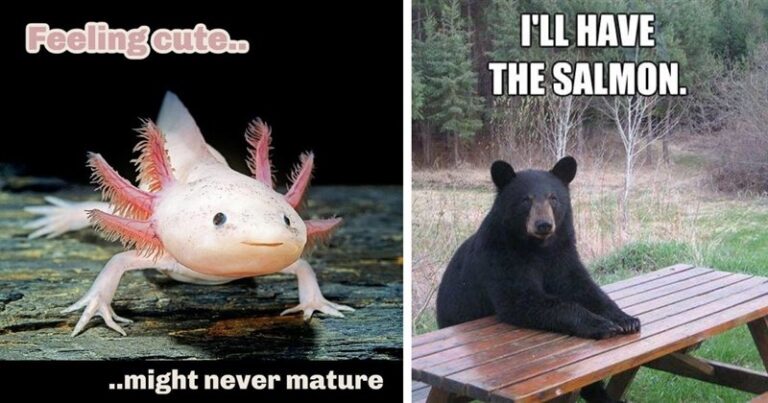How Toxic Memes Fuel Disinformation and Ideology
In today’s online chaos, memes have become powerful tools. They started as funny pictures or clips. Now they’re cultural symbols. They show feelings, trends, opinions—and sometimes, Slotsgem propaganda. In dark internet spaces, memes do harm. They spread lies, hate, and toxic ideas in plain sight.
This article looks at how toxic memes work, why they spread, and why they’re so good at changing minds—especially in online groups that are easy to influence.
Memes as Trojan Horses
Memes look harmless. Their short style and humor make them friendly. But that’s what makes them dangerous. They hide toxic messages in simple images. A meme can carry racism, sexism, or extreme views—and spread fast.
Like a Trojan horse, a meme hides its true goal. Humor makes it easy to share and hard to question. For example, racist or hateful memes may look like jokes. But they repeat harmful ideas. Over time, they make these ideas seem normal.
The Visual Virality of Disinformation
Memes spread lies well because they’re built for speed. They are quick to read and easy to copy. Sites like Reddit, TikTok, and Instagram reward attention—not truth. So memes become perfect tools for false stories.
A meme can twist facts into emotional bait. During elections or crises, fake memes show changed images, false quotes, or headlines with no context. People share them not because they’re true, but because they “feel” true. This is emotional reasoning—when feelings beat facts.
Memes don’t need sources. They don’t argue—they suggest. And those ideas stick.
Toxic Humor and the Shield of Irony
Irony protects toxic memes. Many memes blur the line between sarcasm and truth. That makes them hard to fight. A meme might say, “Just kidding—unless you agree.” If called out, the maker says, “It’s just a joke.”
This trick protects harmful messages. Hate groups use memes to spread ideas with a smile. They start with edgy jokes, then shift to open hate. A joke about being “anti-woke” can turn into a call for violence.
This is slow radicalization. It makes users feel part of a group that “gets it.” Others are seen as soft or clueless.
Meme Farms and Ideological Warfare
Toxic memes are not always random. Some come from meme farms—groups or bots that flood the web with political content. They aim for young or angry users.
During big events, these farms get busy. They don’t just want to change minds—they want to split people. They push users into “us vs. them” thinking. This is meme warfare.
Studies link meme warfare to foreign actors, hate groups, and major fake news campaigns. These groups know memes move faster than news—and shape how people see the world.
Platforms and the Problem of Moderation
Social media sites struggle to block toxic memes. Bots miss jokes or sarcasm. If a meme is removed, users cry censorship. So moderation is hard—both morally and technically.
Platforms also make money from clicks. Toxic memes get attention—shares, comments, and rage. This makes them profitable, even if harmful.
Often, it’s too late. By the time a meme is flagged, it’s already viral.
Memes as Ideological Echo Chambers
Toxic memes are strong because they repeat. Seeing the same idea in different memes reinforces it. One meme mocks “fake news,” another attacks minorities, another warps science—they build a pattern.
Memes do more than entertain. They teach and confirm. On sites like 4chan, Discord, or some Reddit threads, memes are social currency. Sharing them earns approval. Disagreeing gets you mocked or banned.
This creates tribal thinking. Memes become rituals of belonging.
The Psychological Lure of Dark Memes
Why are toxic memes so appealing?
- Simplicity: They turn big issues into quick images.
- Emotion: They stir anger, fear, or laughter.
- Rebellion: They feel like breaking the rules.
- Belonging: They create in-groups that “get the joke.”
This works well on people who feel left out or mistrust news. Memes give them a new story—and a group that agrees.
Fighting Back: Awareness and Digital Literacy
Stopping toxic memes takes more than deleting posts. It needs digital skills. People must learn to see memes clearly, question gut reactions, and notice when jokes hide deeper harm.
Education can help. People should learn how memes work. Fact-checkers must also handle images and memes—not just words.
Online spaces need to build strength. Teaching doubt, empathy, and better humor can help clean up meme culture.
A Dangerous Mirror
Memes reflect society—but they also shape it. They can spread hate, lies, and division. Knowing this dark side isn’t about banning humor. It’s about seeing how humor can be twisted.
A meme is a mirror. What we share and laugh at shows who we are—and who we might become.
